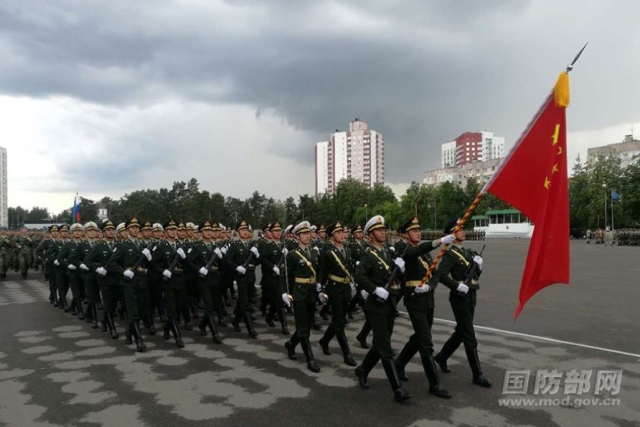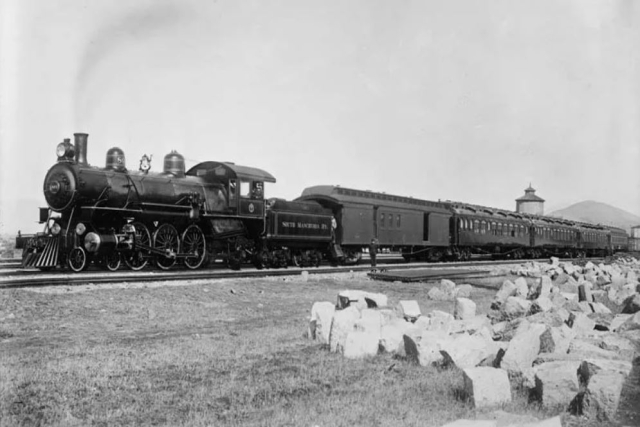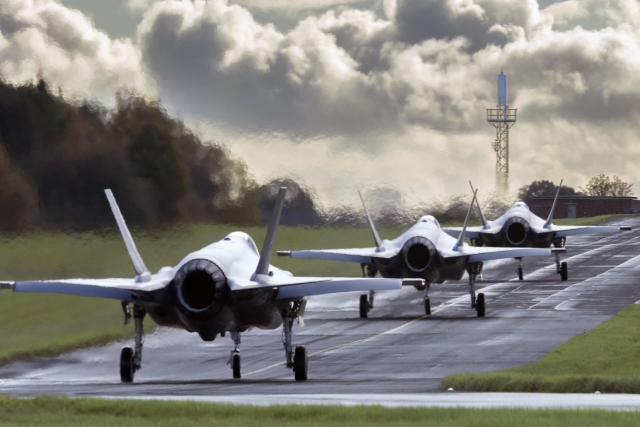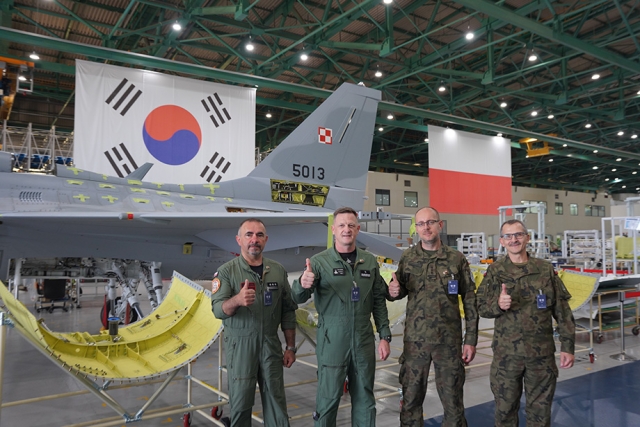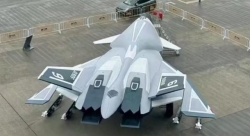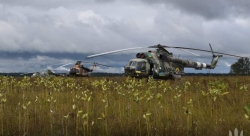U.S. Army General Details Measures to Deter China in Asia-Pac Region
Army Gen. Ronald P. Clark outlines multidomain deterrence, forward presence, and expanded exercises to counter China’s growing military influence

The U.S. Army is stepping up efforts to deter China’s growing military influence in the Asia-Pacific region, said Army Gen. Ronald P. Clark, commander of U.S. Army Pacific, during a strategic landpower forum held at the Center for Strategic and International Studies (CSIS) on Friday.
Clark warned that China is developing military technologies and joint warfare capabilities at a scale and speed "never before seen." These advancements are shaped by observations of current global conflicts and are being used to enhance China’s anti-access and area denial strategies—particularly in the air and maritime domains.
“What they have not accounted for is our ability to provide access through multidomain operations from the land,” said Clark. He emphasized the Army’s concept of multidomain deterrence, which integrates operations across land, space, cyberspace, electronic warfare, and information environments, including long-range precision fires.
Clark said China has also increased its use of coercion and aggressive tactics toward allies and partners across the Indo-Pacific. “Our ability to be present, to give them an alternative, specifically in the security arena, is very, very important. So, presence matters,” he stated.
To reinforce its presence, the Army is expanding its participation in joint military exercises across the region and is positioning equipment and supplies closer to potential conflict zones. The Army is also enhancing its network of joint theater distribution centers, which will reduce dependency on long-distance logistics by air and sea.
According to Clark, the U.S. is actively campaigning inside both the first and second island chains to gain “positional advantage” through sustained engagement, exercises, and strategic investments. The first island chain stretches from Japan to Southeast Asia—near waters contested by China—while the second includes Guam and the Bonin Islands.
Clark also highlighted the importance of training and readiness. The Army has increased its focus on holistic health and fitness programs to ensure soldiers and their families are prepared for emerging challenges.
He also pointed to the Army’s role in supporting regional disaster relief and experimentation. “We’re putting [new capabilities] into the hands of soldiers on the ground… to ensure that we’re getting the best capability into the hands of our teammates, who are forward in our theater, in real time,” Clark said.
